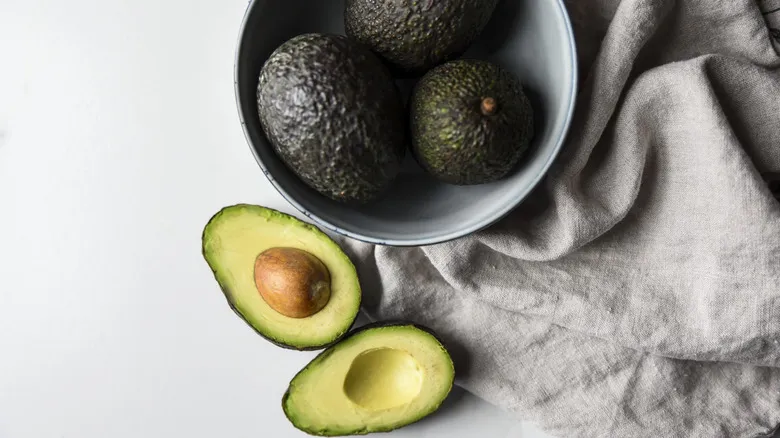Ripen your avocados quickly with a paper bag
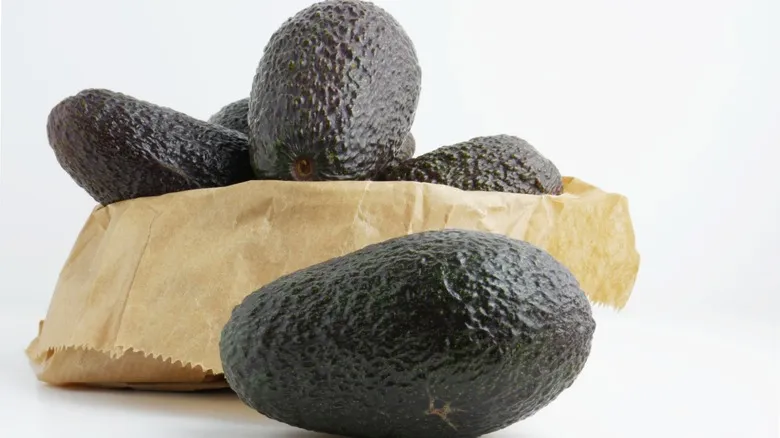
Keeping your avocados on the counter will help them ripen, but if you want to accelerate the process, there are several methods you should avoid. Luckily, the most effective technique is quite simple: all you need is a brown paper bag. The reason this works is that the bag traps ethylene gas, which speeds up the ripening process. Paper bags are ideal for this purpose because they contain the gas while still allowing the fruit to breathe, unlike airtight options. Using a plastic bag would trap moisture from the fruit as it sweats, leading to a damp, mushy environment that encourages bacteria growth.
For even quicker ripening, consider adding a banana to your avocado bag. This works because avocados are climacteric fruits, meaning their ripening is triggered by exposure to ethylene gas. Bananas are well-known for producing a significant amount of ethylene, which is why their stems are often wrapped in plastic at the store. When you place a banana with an avocado, the additional ethylene gas can cause the avocado to ripen rapidly, sometimes within just two days, depending on its initial ripeness.
Have a cut avocado? Store your halves in the fridge
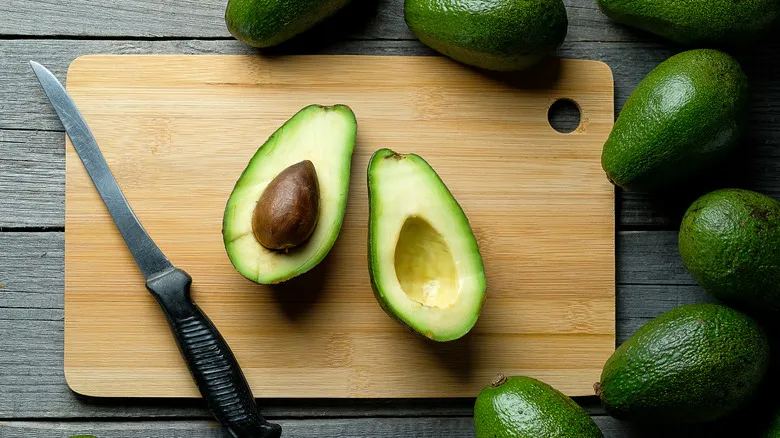
If you have leftover avocado halves that you didn't use, there's no need to panic. There are effective methods to preserve them and prevent browning. However, it's best to consume them within a day or two. To keep ripe avocado halves fresh, wrap them in plastic wrap or a reusable option like Food Huggers. Adding a splash of lemon juice can help slow down the browning process, although a HuffPost experiment indicated that this effect is minimal at best.
While some recommend storing avocado halves in water, this practice should be avoided entirely, as it can foster the growth of harmful bacteria such as Listeria and Salmonella, which the FDA has found on avocado samples. Although it may seem like a clever tip on TikTok, it poses real risks and is unnecessary. Avocados that have turned brown due to oxidation may not look appealing, but they are completely safe to eat. You can often slice off the browned top layer to reveal fresh, unoxidized flesh underneath.
If you cut into an avocado and discover that it’s not ripe yet, you can treat it the same way as a ripe half. Simply place it in your fridge and check on it regularly until it softens.
Recommended

The Tell-Tale Sign Your Pint Of Ice Cream Melted And Refroze (And Why It Matters)
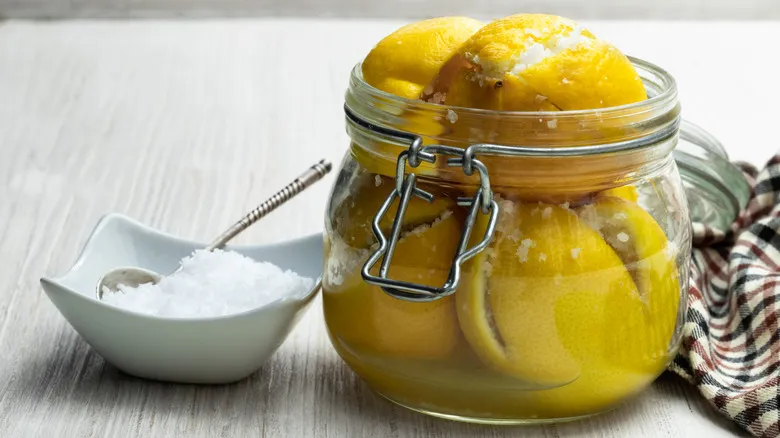
Next Time You Have Too Many Lemons, Try This Moroccan-Style Of Preservation
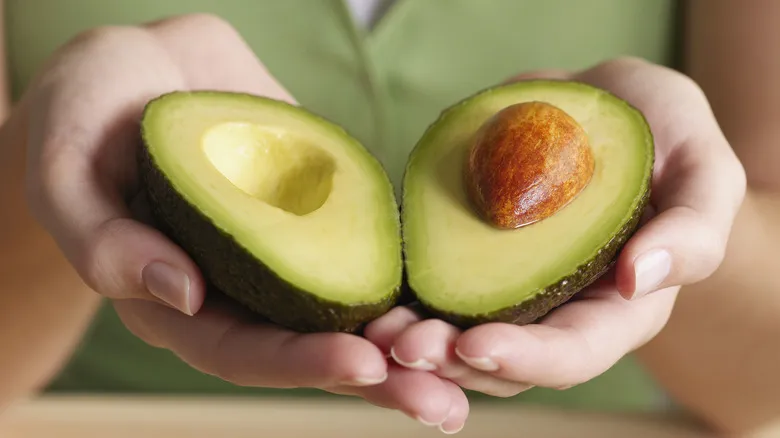
Yes, You Can Freeze Avocados But Here's What You Should Know First
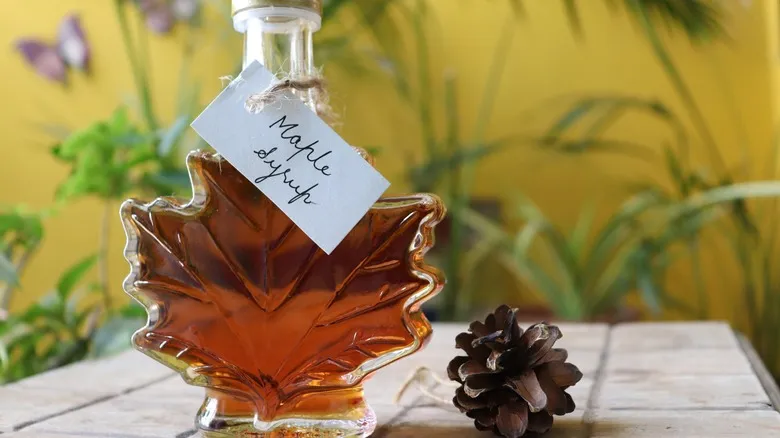
Is It Safe To Store Maple Syrup At Room Temperature?
Next up

